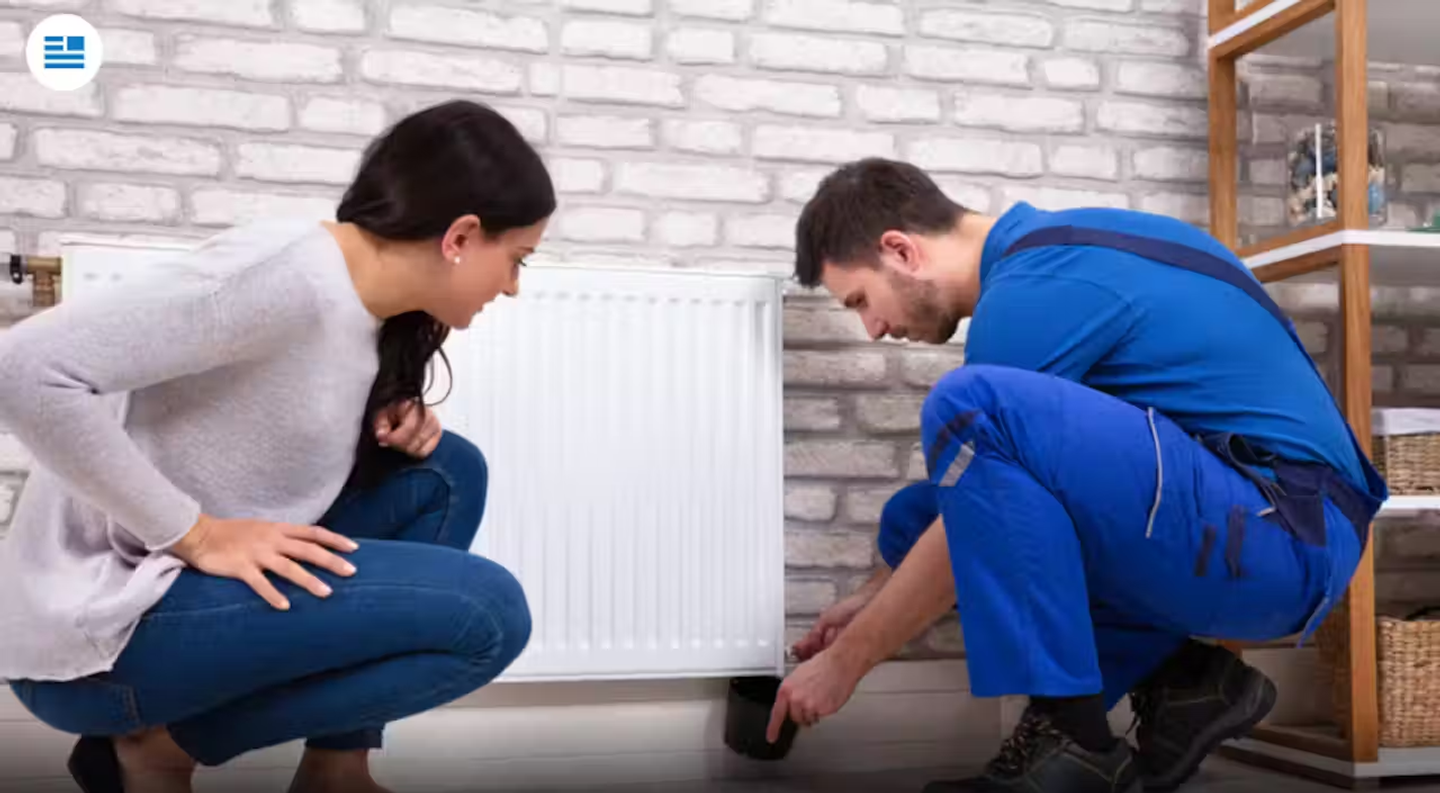One maintenance job in your home that could get overlooked is checking your heating system. It's easily done but it's important that you check your radiators to make sure they're working as they should. The last thing anyone wants is to get home on a cold day and realise there's something not quite right with the lack of heat coming from them.
In this blog we will discuss how you can bleed your radiators to ensure your home stays toasty, especially during the colder times of the year.
How to bleed your radiators - step by step
- Before starting any job, you need to prep and make sure you have all the tools and equipment. To bleed your radiators, you're going to need a bowl, a towel & and a radiator key (also known as an Allen key).
- To prevent burns, turn your central heating & hot water off at the boiler and wait for your radiators to cool down if you have turned them on.
- Once your radiators are cool, lay a towel and a bowl on the floor underneath the release valve so they can catch any water that may come out. Use an additional towel to tuck in behind the radiator to protect your wall from being damaged too.
- Using your radiator key, twist the release valve anticlockwise no more than 2 times to help the trapped air escape. You'll know it's being released once you hear a hissing sound. When all the air has come out, you'll hear the water in the radiator start to gurgle or some of the water may start to come out. Once that happens, turn the radiator key clockwise to close the valve.
- Repeat steps for all the radiators in your home if needed.
How to check it has worked
When all the radiators have been bled, the boiler pressure may drop and will need fixing. You'll be able to tell from checking the pressure gauge on your boiler. To fix this issue, refer to the manufacturers guide for instructions on how to re-pressurise your boiler but if unsure, contact a professional engineer instead.
Once everything is fine with your boiler, turn the heating back on and touch your radiators where you initially found the cold spots. You should feel the entire radiator warming up but please do be careful and don't not touch them when they have been on for a while to prevent getting burnt.
If the cold spots are still there, turn off the central heating and bleed your radiator again. If after the second time, nothing has changed, seek professional advice as there may be another issue that needs to be fixed.
FAQs
Why do radiators need bleeding?
Over time pockets of air get trapped in our radiators which stops hot water from circulating. Bleeding your radiators means you get rid of air pockets so they can heat up like they should.
How often should I bleed my radiators?
You should bleed your radiators at least once a year.
When should I bleed my radiators?
You should bleed your radiators when it begins to get cold so that the heating is efficient when you need it.






















































